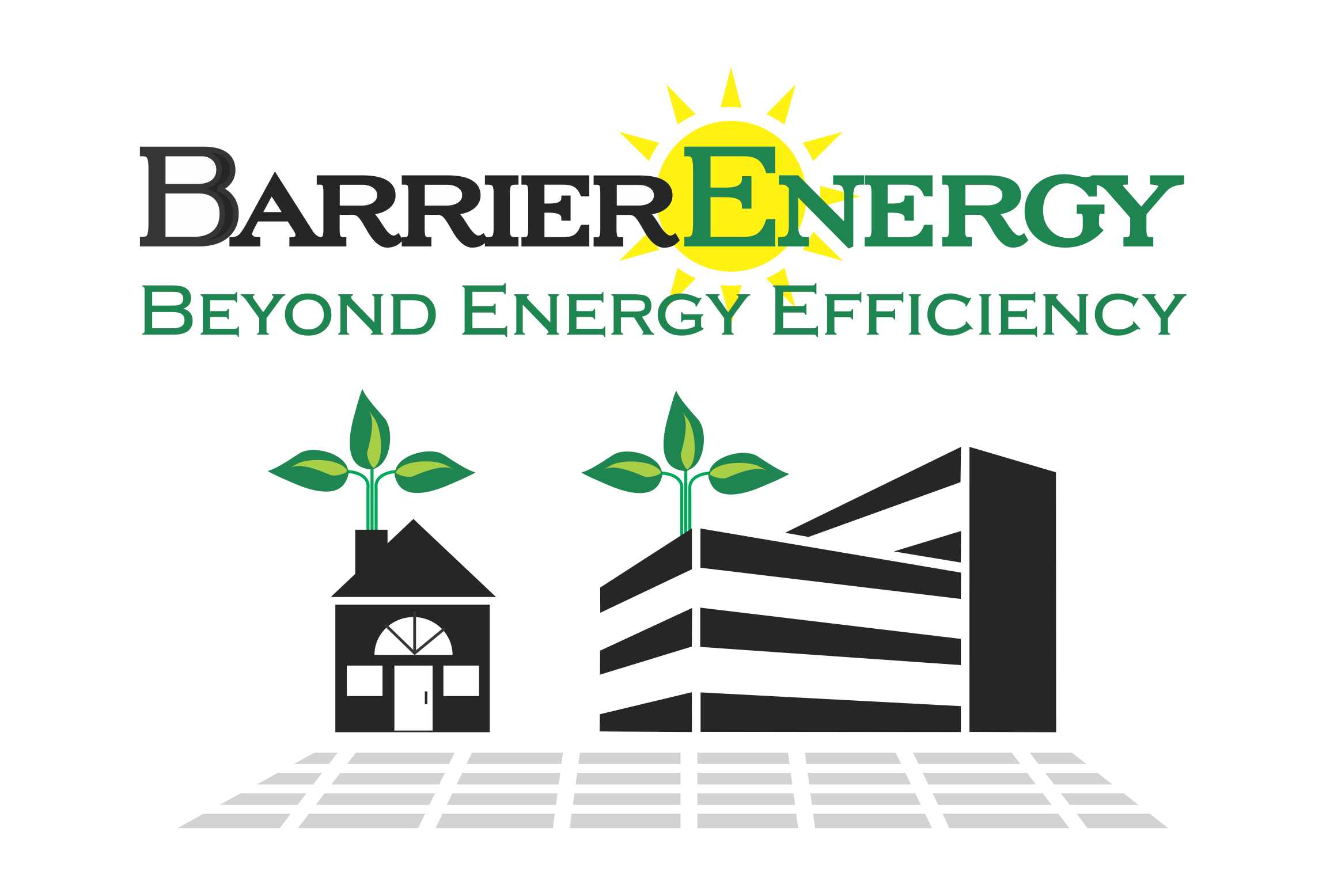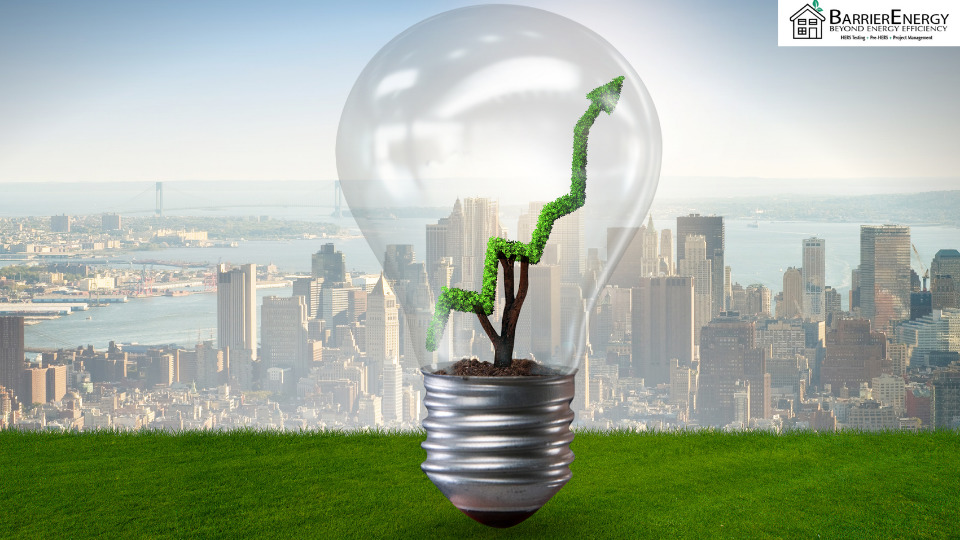Green Energy Critics Explained:
There is a large debate about California’s decision to move towards a “greener future.” When the governor of California told the world that California’s goal was to reach zero net energy by the year 2030, the world had mixed opinions. It was a pioneering goal, one that had been unseen in the history of the United States. Critics claim the goal is outlandish and unfeasible. They say trying to move away from the large, oil-dependent grid is expensive and wasteful. Well, let’s dissect that.
Firstly, California had the fifth-largest economy in the world, up until the Coronavirus hit. Let’s take a look at some of the reasons why. The California Energy Commission was founded in 1974 to help to protect the environment, shortly after the Santa Barbara oil spill. They set the laws and regulations for energy efficiency regarding buildings, cars, and so on. The changes California has made so far have saved California billions of dollars annually. These changes toward efficiency save the state money because they prevent time and energy from being wasted. So yes, one way to look at it is that it will be costly to create a whole new system. But when you actually look at the numbers holistically, it is easy to see that these expenses are actually investments. Over time these investments are not only paying for themselves, but they are also eventually generating income and free energy.
Secondly, in this debate, we should compare the cost of the old system versus the new one. Some look at the rolling blackouts in California and say, “See! Moving towards green energy is not working. California is experiencing rolling blackouts!” This is a skew on reality. Yes, California does experience rolling blackouts. PG & E has consistently cut off the electricity in California to prevent wildfires. Also, their system cannot handle the energy load in peak seasons. Let’s remember California is the desert! So, the reason California is moving towards green energy now is to solve that problem. If people can create smaller grid systems and generate their own energy through solar panels or other sources, they can still have energy when the large grid cannot provide it. It’s not going to fix the problems overnight, and there will be gradual steps toward complete energy independence.
When calculating costs for making this change, we also have to look at the costs and consequences of not changing. When businesses have their energy cut off, think about how much money is lost. That needs to be taken into account. Also, think about how much money it costs to maintain a 100-year-old grid system that needs constant updating as it’s falling apart. One article says it would cost trillions of dollars to fix the current system. PG&E has consistently declined to upkeep proper management because it’s so costly. When you look at it this way, you can clearly see the decision is between using money to upkeep the old system or creating a new system. In comparison, this new green system is not as costly as you might think. In the next section, let’s take a look at associated costs and return on investment.
Green Incentives that Bust the Myth:
Some people question why the government feels so comfortable giving cash incentives to California residents who make energy-efficiency upgrades to their homes. Incentives typically involve tax credits or special loan terms. Well, one reason the government or private parties can afford to offer these benefits is due to energy savings. For example, a home that installed solar panels will see a dramatic reduction in its energy bills. This reduction is guesstimated before installation and used to determine the loan terms. That way there are little to no upfront costs.
A similar process is used for homes that qualify for “green mortgages.” Theoretically, installing a green energy system should not change your monthly bills by much. Furthermore, once the system is paid off all energy savings are translated to direct savings. Another benefit that gives the state a better budget to work with is the return on investment. Over time these investments are adding property and land value to entire communities. Offering a tax credit is nothing compared to the money the state will make off of increased property value. Increased property value means more property tax for them. At the same time, this is good for homeowners, who can afford it because they are seeing increased savings. It’s truly a win, win! Learn more about the benefits of energy efficiency.


Recent Comments